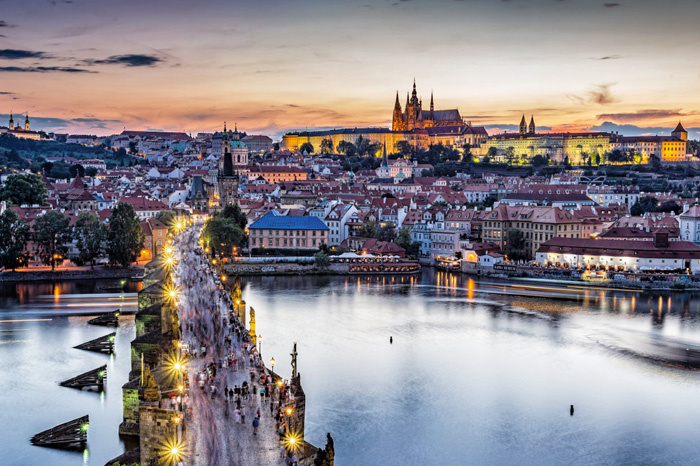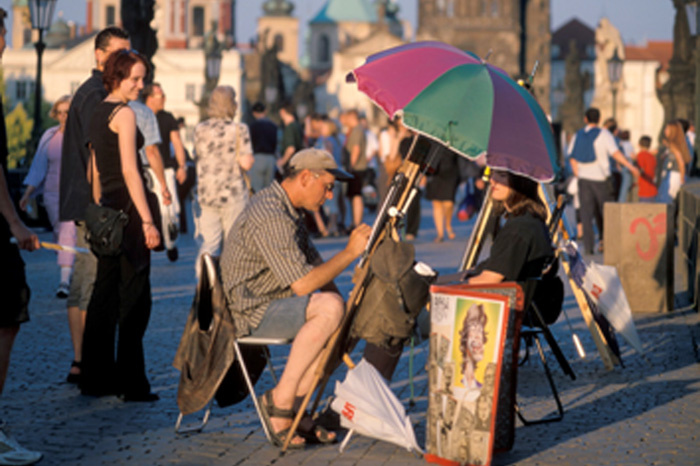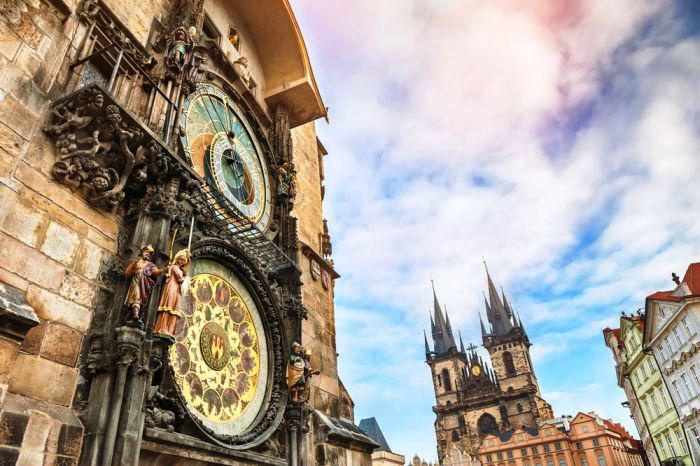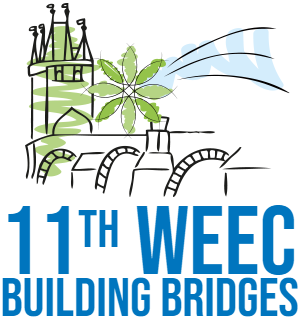“The ancient splendour and beauty of Prague, a city beyond compare, left an impression on my imagination that will never fade.”
Richard Wagner
The story of Prague is no less turbulent than that of similarly large cities in Central Europe. It saw its first golden age under the rule of Charles IV in the 14th century. Prague was, at that time, the third largest city in Europe and witnessed something of an explosion in construction: the Charles University, the New Town, the Charles Bridge, and Saint Vitus Cathedral were all built during this period.
In the musical chairs of royal marriages and successions, the crown of Bohemia fell to the Habsburgs in 1526 and they ruled the country for another 400 years. Thanks to strong economic development at the beginning of the 20th century, Bohemia became the industrial hub of Austria-Hungary and factories such as Škoda hummed with activity. After WWI, the first Republic of Czechoslovakia was proclaimed on October 28, 1918 and Prague became its capital.
The good times didn’t last long, for war was brewing over the border. Hitler laid claim to the
Sudetenland, in Bohemia, which had a strong German community and following the German army invaded the country. Still, Prague remained relatively unscathed during the German occupation but the Americans inadvertently bombed the city in 1945, killing hundreds of residents, after somehow mistaking it for the German city of Dresden (which lies some 83 miles away).
Prague suffered in much the same way as the rest of the country during harsh Soviet-imposed Communist rule, and it was here that the Velvet Revolution was born and completed in 1989. Today, Prague is indisputably a modern European city and is becoming the capital of Central Europe. Many large companies have their regional headquarters here and the city is an enticing investment location, despite being more wealthy (and therefore expensive) than many Western counterparts.
| Population: | 1,250,000 inhabitants (+ 6 million tourists come every year) |
| Area: | 496 sqm |
| GPS coordinates: | 50°05'19"N and 14°25'17" E |
| Language: | Czech |
| Time zone: | CET = GMT/ UCT + 1 |
| Guiness Book of Records: | The Prague Castle is the largest castle area in the world. Its three courtyards and a number of magnificent buildings cover over 7 hectares (18 acres). |
3 Must-See Places in Prague
1/ Prague Castle
Prague Castle has been an important symbol of the Czech state for more than a thousand years. It was founded in the 9th century and became the seat of Czech rulers and later presidents. The castle, one of the largest complexes in the world, is made up of historical palaces, offices, church and fortification buildings, gardens and picturesque spots. The panoramic view of Prague Castle is one of the most spectacular in the world.


2/ Charles’ Bridge
Prague’s oldest bridge was built to replace the Judith Bridge that had been badly damaged by floods in 1342. The Stone, or Prague, Bridge, called Charles Bridge since 1870, was begun in 1357 by Charles IV and was completed in 1402. The bridge is built of sandstone blocks, flanked at each end by fortified towers (Lesser Town Bridge Towers, Old Town Bridge Tower). From 1683 to 1928, 30 statues of saints were carved to decorate the bridge, the most famous of which is the statue of St John of Nepomuk.
3/ Astronomical Clock of the Old Town Hall
The Old Town Hall was established in 1338 as the seat of the Old Town administration. The oldest part of the complex consists of a beautiful Gothic tower with a bay chapel and a unique astronomical clock –where, every hour between 9 am and 11 pm, the twelve apostles appear. The Gothic Revival eastern wing of the Town Hall was destroyed during the Prague Uprising on May 8, 1945 and was never rebuilt.

Banking & Currency
The Czech monetary unit is the crown (Kč) and one Euro equals to ± 26 Czech Crowns. Banknotes range from 100 to 5 000 Kč, coins from 1 to 50 Kč. Majority of shops, restaurant and hotels accept payment by credit card or in Euro.
Climate
Prague has a continental climate: summers are very hot and winters bitterly cold. The average temperature in October is 8.5°C, made up of lows of 4.5°C
and average highs of 12.5°C. Showers can put a damper on your sightseeing – keep this in mind when packing for October travel to Prague.
Electricity
Electricity in the Czech Republic is 220 volts, 50 Hz AC. Plug sockets are round with two round-pin sockets. If you are coming from the UK, Ireland or US you will need a plug converter.
Insurance
The registration fees do not include the insurance of participants against personal accidents, sickness, cancellations by any party, theft, loss or damage to personal possessions.
Participants are recommended to take out adequate personal insurance to cover travel, accommodation, cancellation but also theft and loss of personal belongings.
Safety
Prague is a very safe city both to visit and in which to reside. The recent Global Peace Index (GPI), ranked the country the 10th most peaceful destination in the world. Nevertheless, petty crime does exist, and travellers should be on guard against pickpockets – especially on public transit and in crowded streets. Also, Prague taxi drivers are notorious for taking tourists for a ride – in more ways than one. Before setting off, you’d do well to check the fare, or - you simply phone a radio-operated taxi company (The AAA company number: 233 11 33 11)
Emergency contact information: Police, Fire + Medical Emergencies - dial 112 (mobile phone and land line)
Transportation
Advanced public transportation system includes swift and efficient metro, tram and bus connections. Tickets are usually provided by the city of Prague to all conference participants free of charge at the registration desk.
...more information
For more information, tips and advices you can visit:
https://www.prague.eu/en
https://www.czechtourism.com/home/
Did you know...
The apostle parade can be seen on the Prague Astronomical Clock every hour on the hour from 9 a.m. till 11 p.m.

